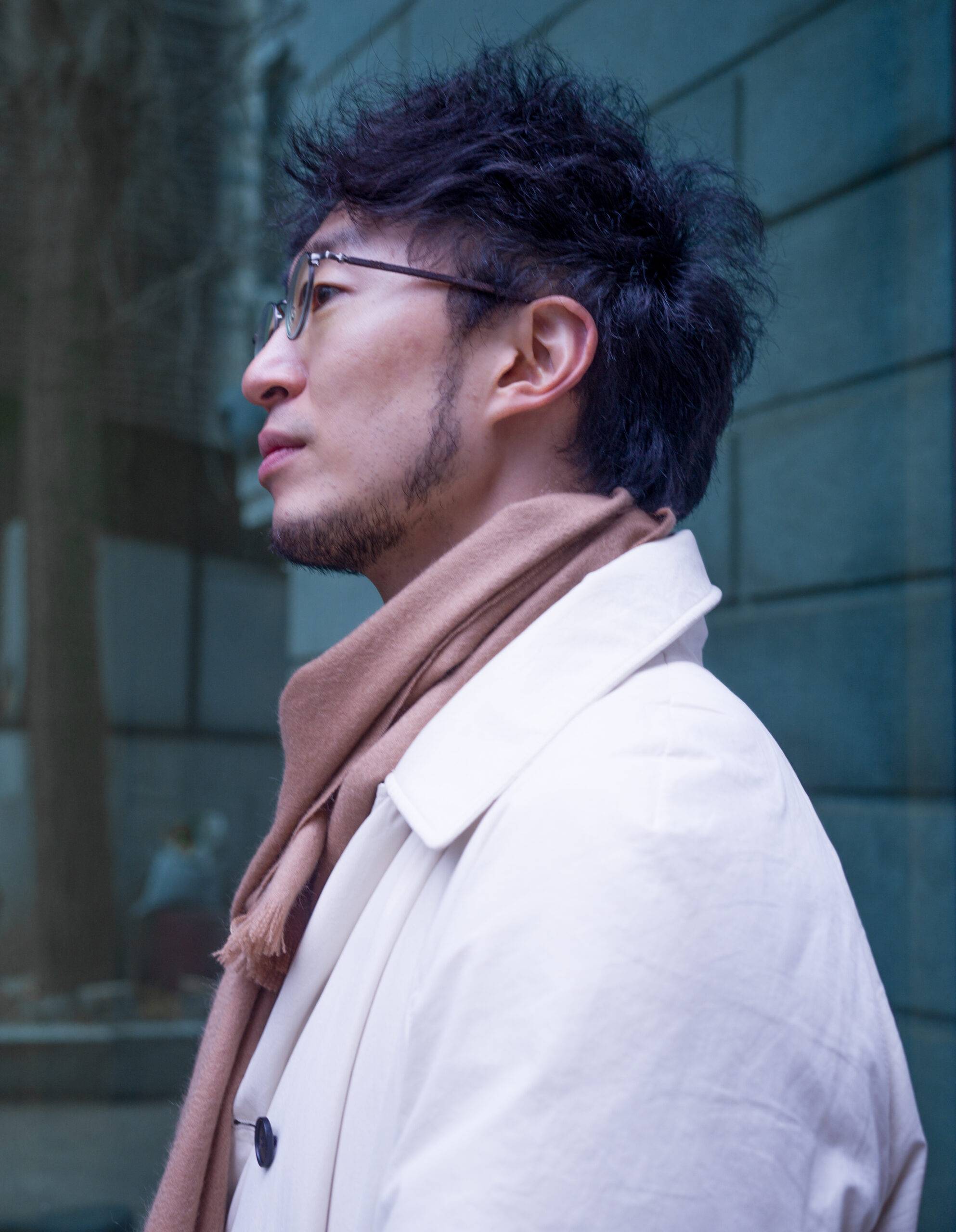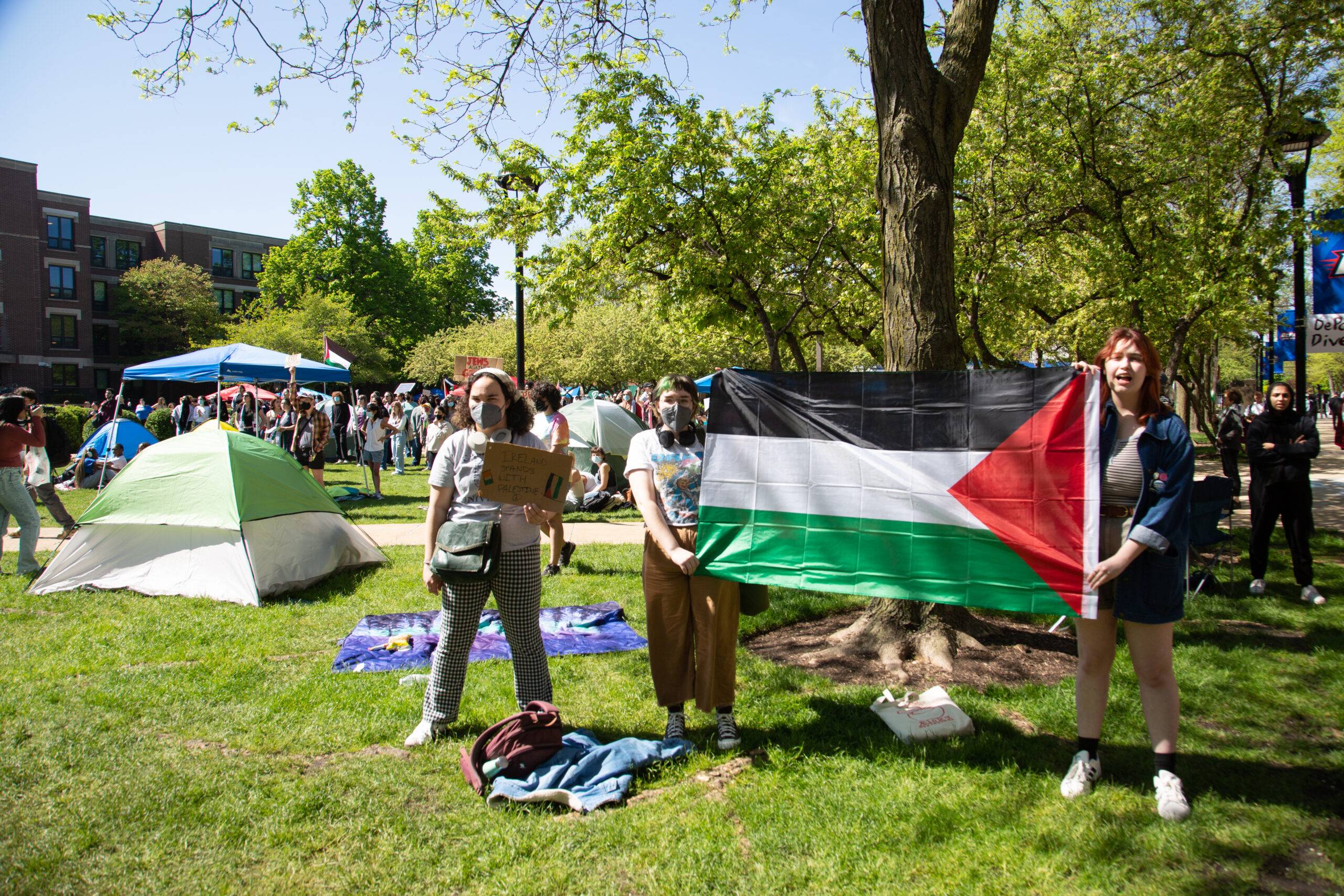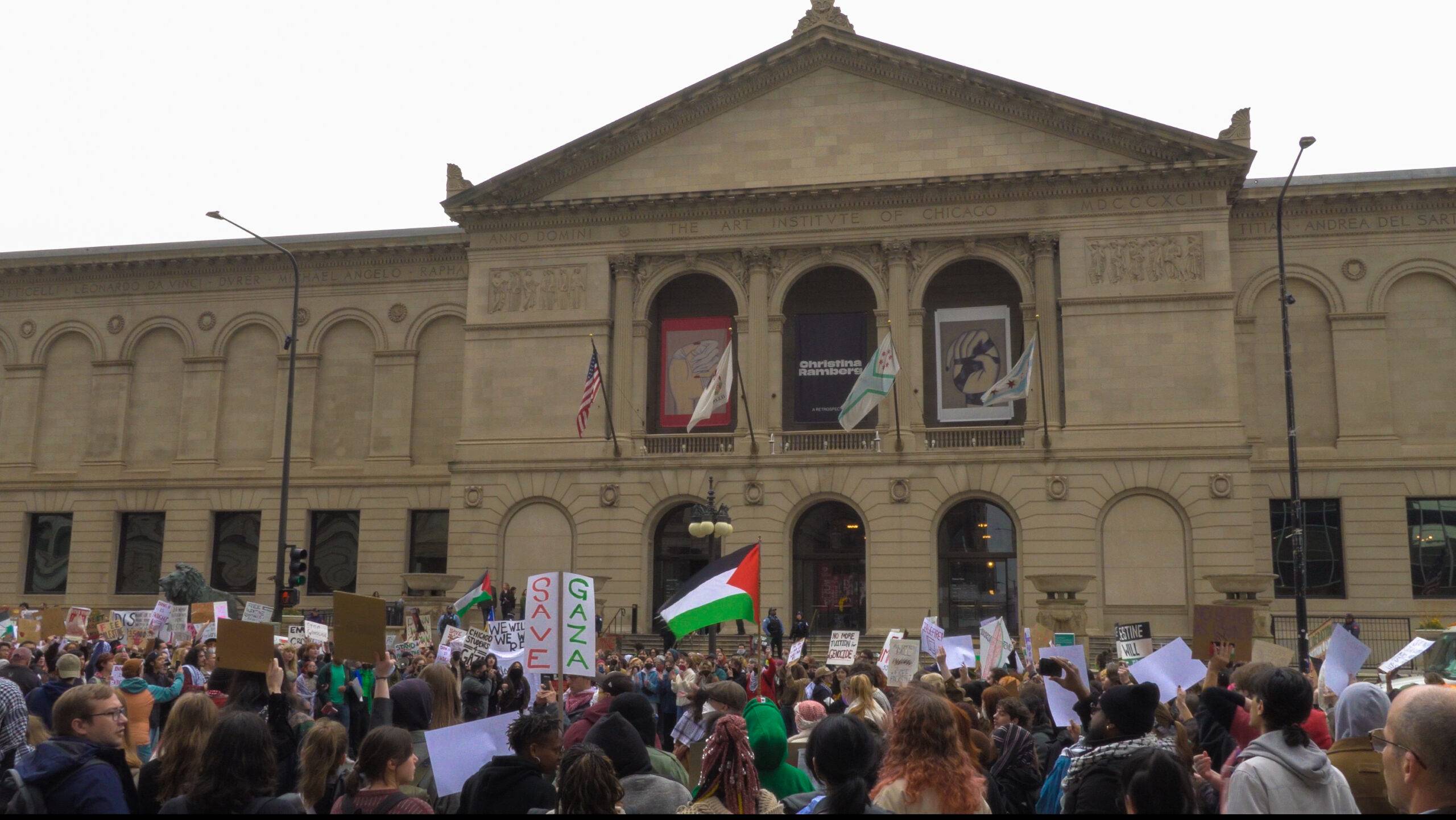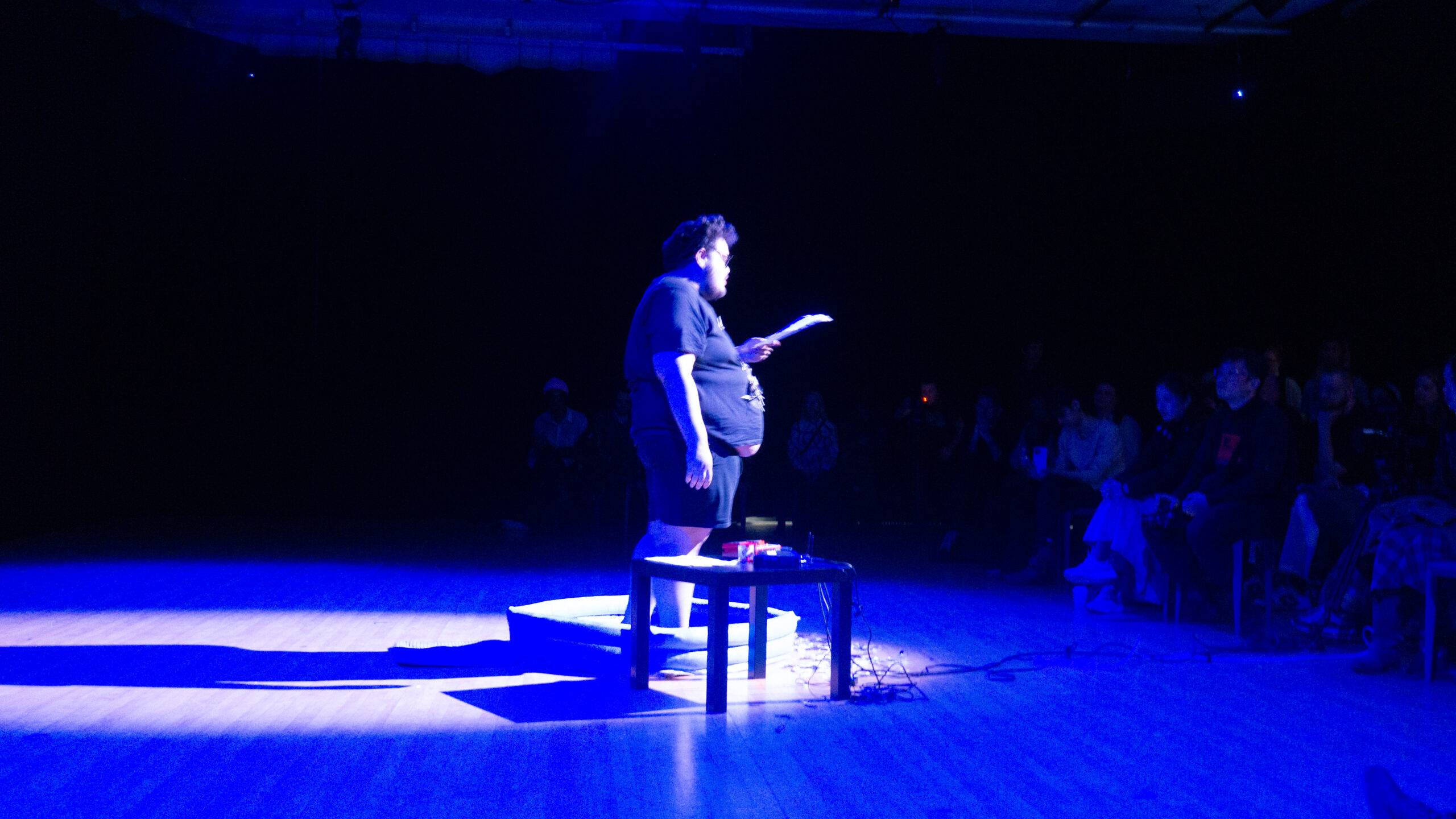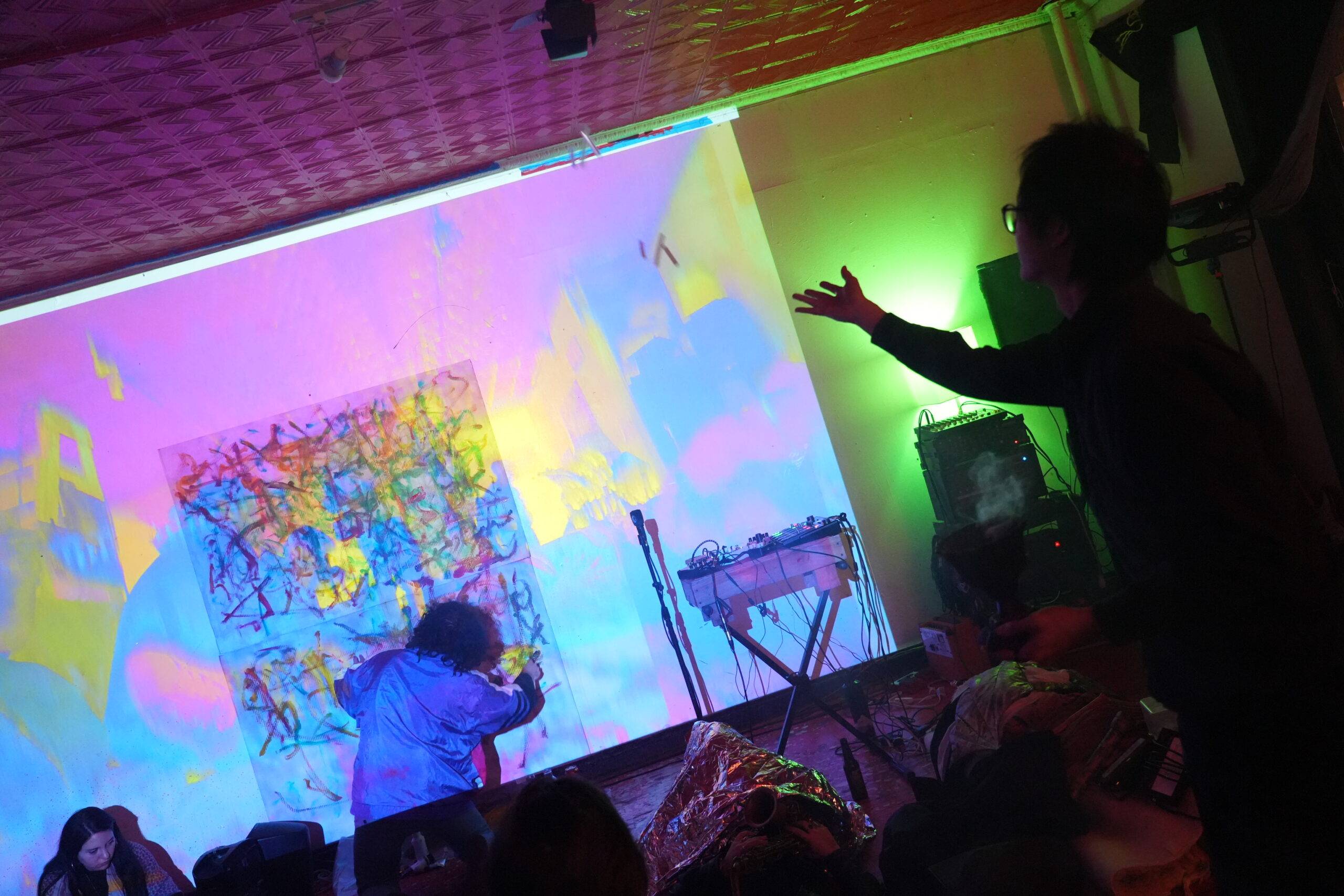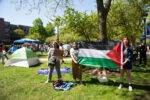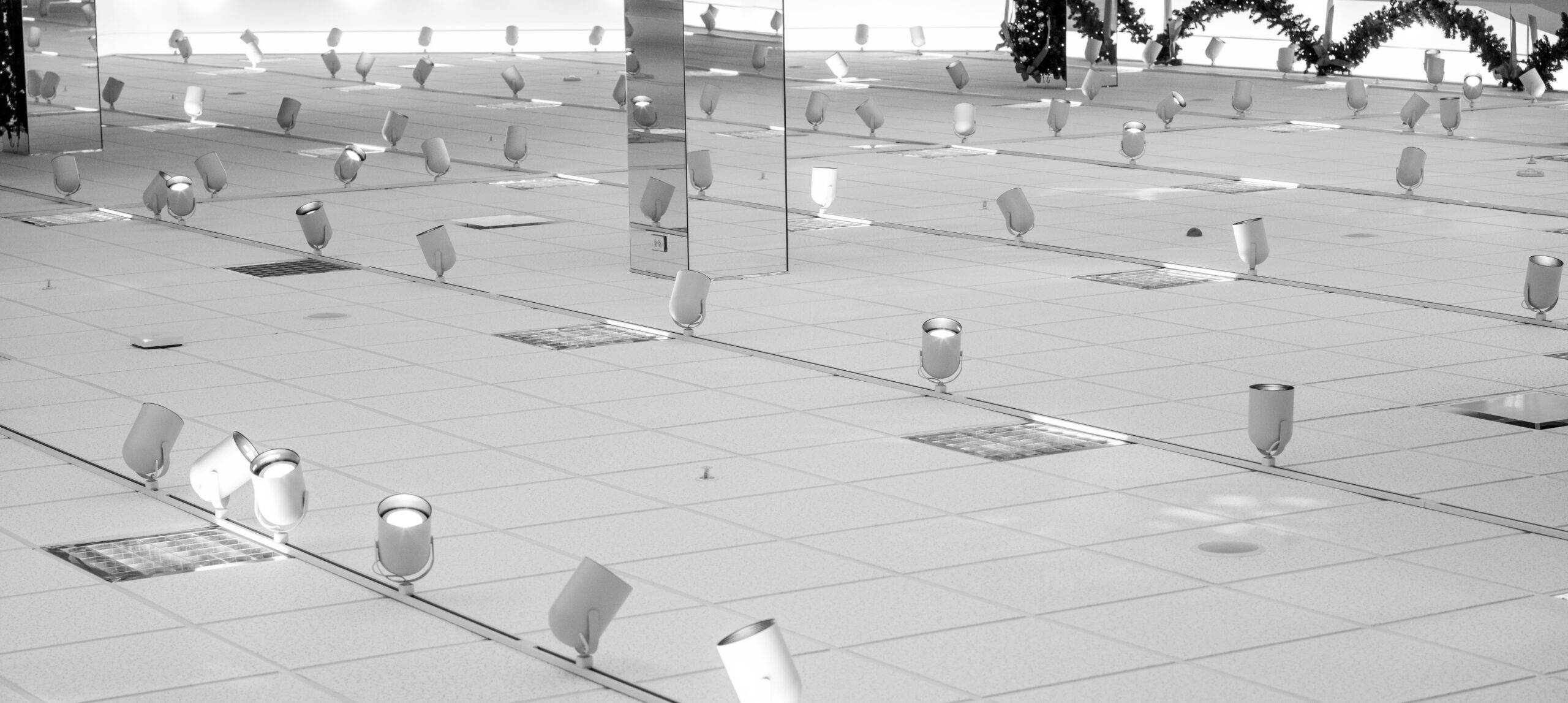
From the series “Home is Everywhere and Nowhere,” (2019-ongoing) Roots, Digital Pigment Print, 20×42, 2019 By Jinwoo Hwon Lee 이훤
The following Q & A is a with MFA Photography student Jinwoo Hwon Lee 이훤 (2022). Lee has three books, two of poetry and one of photography and prose. His second book of poetry, “Let Us Not Be Too Desperate,” has to do with the sense of being a stranger in both of his homes, the United States and Korea.
Lee was born in Michigan and moved to Korea at age three. At nineteen years old, Lee returned to the U.S. and has visited Korea nearly every year since, though never for more than two weeks at a time.
I met Lee in Beau O’Reilly’s “Writer as a Performer” class in the fall of 2021. Gentle and deliberate, Lee delivered lines in a way that conjured a stream that eventually carves a mountainside. Lee’s modesty is such that it was O’Reilly who told the class about Lee’s forthcoming book, tentatively titled <<Human Textures 사람의 질감>>.
The following Q&A has been edited for length and clarity.
MC: How does your photography inform your poetry? How does your poetry inform your photography?
JL: My photography is what replaced my literary language when I arrived to the States alone. For I did not speak the language of the migrated land, English, I needed a means to replace the literary language. Visual language was the only thing available.
Photographs did that for me. It enabled me to exist without the spoken words for a while. I could just look. I could show. It became the channel to look in and look out with. They spoke with immediacy. This became the way of speaking for me. Way of listening.
Later, I felt the desire to transform them into text. As I acquired more English, my mother language became more valued to me. Ironically. I began writing poetry in Korean. The years of speaking through a visual language transformed my Korean too. Parts of my language became clearer and others more abstract.
Poetry at this point felt like a completely independent genre from photography. As I continued to contemplate both photography and poetry in respective spaces, I saw where the two converge for me. The two books written before this phase were mostly just text — a visual language at times can replace text without having to articulate everything. The grains of which the literary language has to consider are captured in a much more metaphorical and yet precise way. The inverse is, of course, valid for other fitting occasions.
I want both photography and text to interact with and inform each other — in a way that doesn’t settle at supplementing one another. I desire each genre to speak on their own, and simultaneously, initiate unfound conversations within the other.
MC: Tell me about your forthcoming book.
JHL: The tentative title for the forthcoming book is <<Human Textures 사람의 질감>>. It is a photo essay book. The book will include 70-80 prose pieces along with two photographic series (70 images in total). The book is scheduled to go into printing by the end of February or March.
This book will be the first book of the four which will each showcase a different kind of essay. While the first book of photo essays as well as the two poetry books carried poetry-like prose, the forthcoming will include prose closer to traditional essays. How the text interacts with photographic series too will have different breaths from the first photo essay.
The publisher, Nanda 난다, is another reason I feel particularly excited about. They are the frontier in suggesting new ways to experience books in Korea. Not hesitant to use costly materials to make good books, Nanda prioritizes creating value through print publications more than anything. The book will have elements of artist books. Fold-ups and particular bindings will be used to best present the photographs and text. The book will be distributed in traditional bookstores as well as indie-bookshops both on and offline.
MC: “Removed Possibilities” is a series of poetry and photography created in 2020. In four separate versions, 1) the book was intact 2) the Korean words were cut 3) the English words were cut 4) the book was entirely glued together. What guided the decision to re-create the book like this?
After the previous responses to the ongoing sense of displacement, I pondered to find forms that better capture the complexity of this ever-renewing experience.
At first, I considered the experience to be just a version of nostalgia. The forms I chose first were text and photographs. They sufficiently realized the intentions of expressing what I felt on the surface. As I was able to place myself at a further distance from this experience, I came to see other layers of dislocation. That it was specifically taking place within languages, within the modes of everyday life and within different platforms both on and offline. That some portion of the absence was unspoken — often distorted. I desired to find a more expansive form. Something more than just images and texts.
I decided to go back to a more multi-dimensional form. To the books. The physical object that represented the ongoing years.
Books already were a familiar form at this point. However, re-imagining my experience began by physically altering the books I created. Cutting out all English and Korean words, respectively, out of my own book enabled a sight of the linguistic dislocation. The Space of the Absent I and II are them. Another book, with the same cover, envelops all words removed in the process. It was The Space of the Recollected. I wanted a space where we can access the disjointed languages. Then, I imagined the last space where we can no longer return to. The Closed book was begotten. It was glued 14 times on all ends followed by an hour of waiting each time. A completely closed and un-openable space was created out of the same book. The space lost its most fundamental reason of being: to be read. In representation of complete blockage is at times how dislocation arrives.
We all undergo the sense of dislocation differently; I wanted them to be seen. I wanted them to be physically palpable.
This way, the form itself contributes to the experience of viewers. Every iteration of the artist book is different. It cannot be repeated for all processes are altered with spontaneity of the day — the orders, sizes and shapes in which the words are removed will be. Also, the experience of flipping, touching and stopping before the books is also exclusively available at the exhibition. While the series can be found online, the limited accessibility of the whole experience also speaks to the nature of dislocation itself — that the individual memories of dislocation cannot be exactly duplicated nor transplanted. While photographs and text can be relatively more accessible, the artist books aren’t.
The <Removed, Possibilities> Series (2020) will be on sale on Lee’s website once the exhibition opens mid March in Korea.
More of Jinwoo Hwon Lee’s 이훤 work is available at PoetHwon.com / Instagram: @PoetHwon.
Michaela Chan (MFAW 2023) is the News Editor at F Newsmagazine. Hopefully she is drawing a tree.

